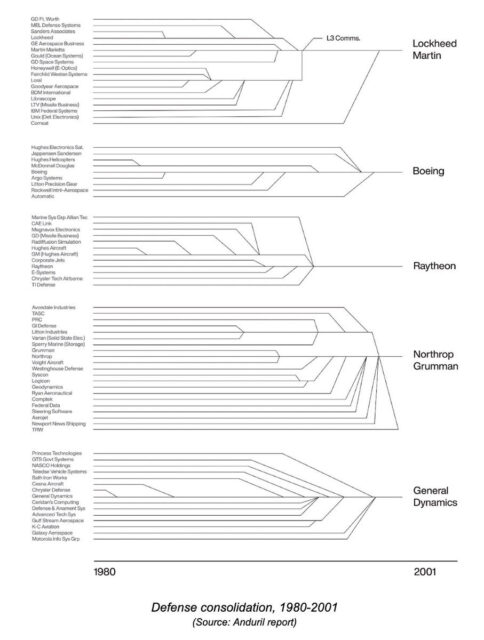Elizabeth Nickson has a giggle while reading through Find Me The Votes by Michael Isikoff and Daniel Klaidman, which presents the other side of the narrative about Bad Orange Man trying to steal the election in Georgia in 2020:
I admit I giggled all the way through the research of this, breaking out in helpless laughter by the end, hoping that I wasn’t going completely mad. First it was the book, Find Me The Votes, written by Michael Isikoff and Daniel Klaidman, about the Crazed Crackers who think the Georgia election was stolen and the Noble Black Woman who was putting things to right.
I persisted in calling the book in my head, The Ballad of Fani Willis, and kept waiting for the melody and lyrics, but I am not a musician and only the title came. Annoyingly, on repeat.
Isikoff, most remembered for writing for Newsweek when it was respectable, and others when they were respectable, is now head of Yahoo News, and has gone completely bonkers with Trump Derangement Syndrome. His associate in This Noble Task wrote, I believe, the first third which was all about the Noble Black Woman and her Noble Career and her Noble Father who was an entirely nice and not-murderous-at-all Black Panther, and how she felt that the massive uptick in violent crime in Atlanta should not take precedence over fighting the Crazed Crackers whose Awful Leader was Donald Trump. Fani gets the full-on-dripping-sentimentality treatment invented by Bill Clinton, her nobility and hard work, and wonderfulness and Godliness percolates all the way through it. I love how complete atheists like Isikoff like to work the God angle thinking that evangelicals will fall under his dark spell. Yeah, it just makes you look sleazy, buddy.
Willis thought her RICO case was her ticket to the Big Show. The White House. The First Noble Black Woman President of the United States of America. Apparently the Georgia Senate gathered the same and charged her with 23 Articles of Impeachment, mostly having to do with using said RICO case for her political career, not to mention paying the inexperienced, still-married, lover-lover $625,000 over 18 months. Charged with “the misuse of her office for political gains rather than the pursuit of justice”, this really needs a western ballad, with a zydeco vibe.
The second part introduced me to Trump Derangement Syndrome, which I mostly have managed to avoid. God in heaven this is awful stuff, purely hate-fueled madness. This part was written by Isikoff and I’d bet a million bucks he was drunk or on edibles all through it. In my opinion. Anyway, he trots out the usual villains and their wild accusations NONE OF WHICH HAVE ANY MERIT WHATSOEVER. THE ELECTION WAS NOT STOLEN. THIS IS ALL RIGHT WING GARBAGE. Even Rudy Guiliani who shut down the Mafia plaguing New York and managed New York through 9/11 is treated with zero respect and a lot of hateful mockery that anyone on the right is not allowed to use because hate, but lefties can express virulent hate all day with impunity.














